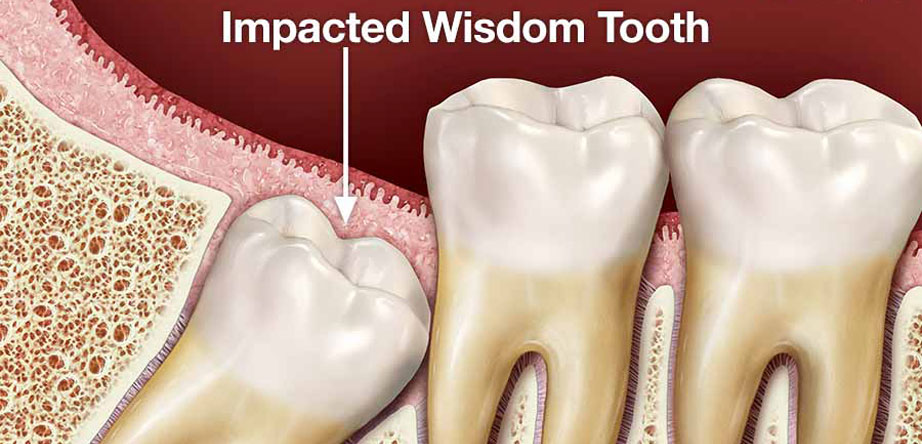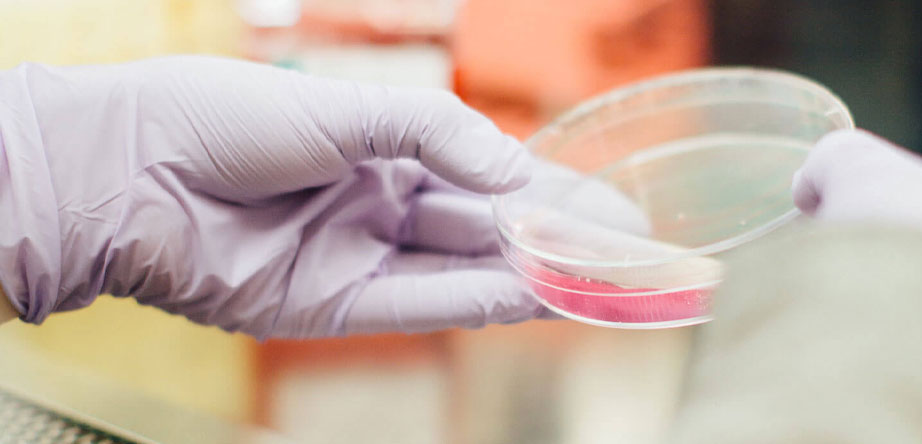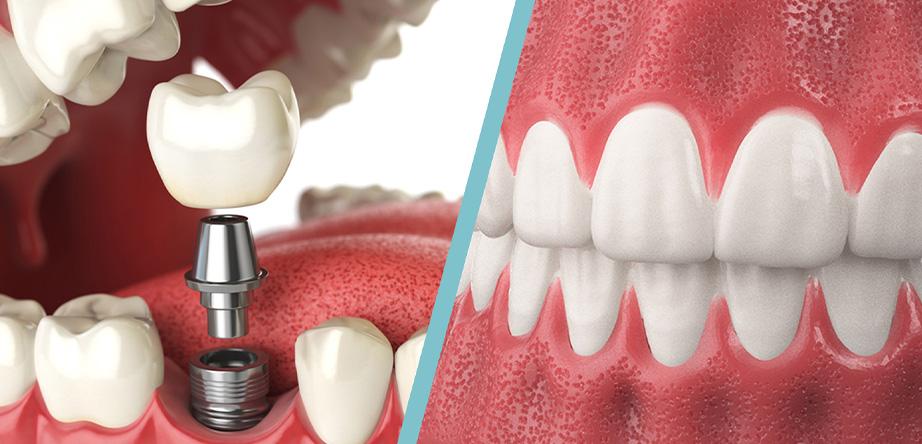
Wisdom Teeth: Know which are the famous wisdom teeth

What are wisdom teeth?
The wisdom teeth are the last molars located on each side of the jaws. In addition, they are the last teeth to appear or erupt and this, generally, occurs when the person is between 16 and 25 years old.As they are the last to erupt, frequently, the mouth does not have enough free space to accommodate them. When that happens, the teeth are retained (trapped by other teeth or by the same bone, under the gingival tissue). Pain and swelling can occur in the area if teeth are retained.

Wisdom teeth that partially emerges or erupt rotated can cause painful crowding and disease. Since the teeth extracted before the age of 20 have less developed roots and many complications, the ADA (American Dental Association) recommends that people between 16 and 19 years old go to a professional dentist.
How are the wisdom teeth extracted?
The extraction of dental pieces is a routine procedure. Your dentist or oral specialist will generally recommend anesthesia or local anesthesia to the area during the surgical procedure.
After removing the tooth (or teeth), your dentist will ask you to bite a piece of gauze for 30 or 45 minutes to stop the bleeding. There may be some pain and inflammation that will disappear after a few days. You should call your dentist if you have acute or prolonged pain, swelling, bleeding or fever after extraction.
Extraction of the wisdom teeth due to crowding or retention should not affect the bite or future oral health.
Impacted Wisdom Tooth
They can cause pain, injuries to other teeth and other dental problems. In some cases, they can cause apparent or immediate problems. However, because they are difficult to clean, they may be more vulnerable to tooth decay and gum disease than other teeth.Wisdom Tooth Symptom
Impacted wisdom teeth do not always cause symptoms. However, when a retained wisdom tooth becomes infected, damages other teeth or causes other dental problems, you may experience some of these signs or symptoms:- Red or swollen gums.
- Sensitive or bleeding gums.
- Pain in the jaw.
- Swelling around the jaw.
- Bad breath.
- An unpleasant taste in the mouth.
- Difficulty opening your mouth.
Causes of Impacted Wisdom Teeth
Third molars will get retain when they do not have enough space to grow normally.Wisdom teeth often come between 16 and 25 years old. Some people have them come out without any problem and line up with the other teeth, behind the second molars. However, in many cases, the mouth does not have enough space for third molars to grow normally. In this way, the third molars are trapped (retained).
A retained wisdom tooth may appear partially, so that part of the crown is seen (partial retention), or may never pass through the gum (total retention). In both partial retention and total retention, the following can happen with the wheel:
- Grow at an angle against the next molar (second molar).
- At an angle against the back of the mouth.
- Right angle against the other tooth, as if the wisdom tooth was “recumbent” inside the jaw.
- Straight up or down, like any other tooth, but remain trapped inside the maxilla.
Impacted Wisdom Teeth Complications
It can cause several problems in the mouth:- Damage to other teeth. If the wisdom tooth presses against the second molar, it can damage the second molar or increase the risk of infection in that area. This pressure can also cause problems with crowding of the other teeth or may require orthodontic treatment to straighten other teeth.
- Cysts. The wisdom teeth are formed in a sac inside the jaw. The sac can fill with fluid, forming a cyst that can damage the jaw, teeth and nerves. Rarely, a tumor develops, usually not cancerous (benign). This complication may require the removal of tissue and bone.
- Cavities. Partially retained wisdom teeth appear to be at a higher risk of tooth decay than other teeth. This may happen because they are harder to clean and because food and bacteria are easily trapped between the gum and the tooth that came out partially.
- Gum disease. The difficulty in cleaning the impacted wisdom teeth, which came out partially, increases the risk of acquiring a painful and inflammatory condition in the gums called “pericoronaritis” in that area.




